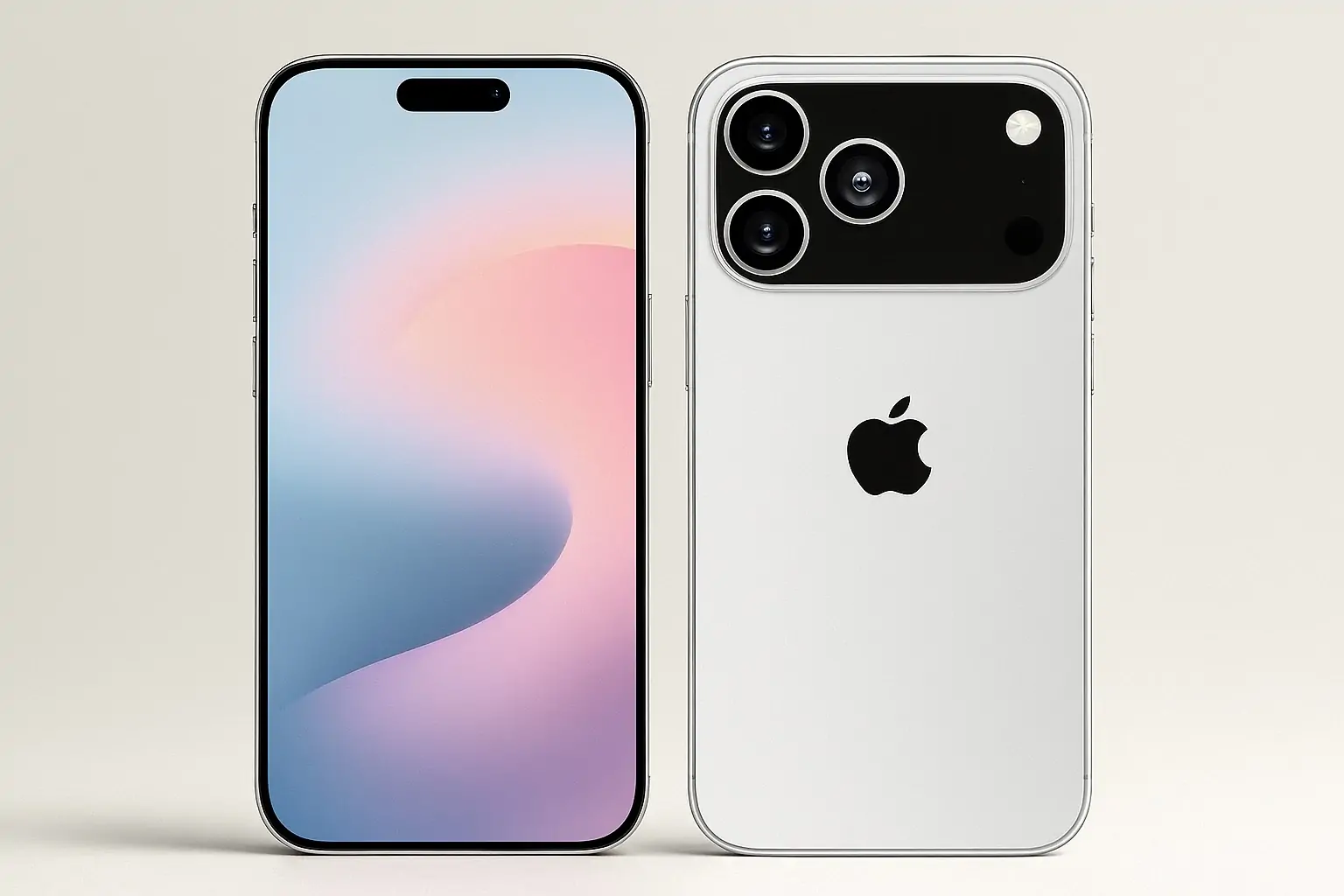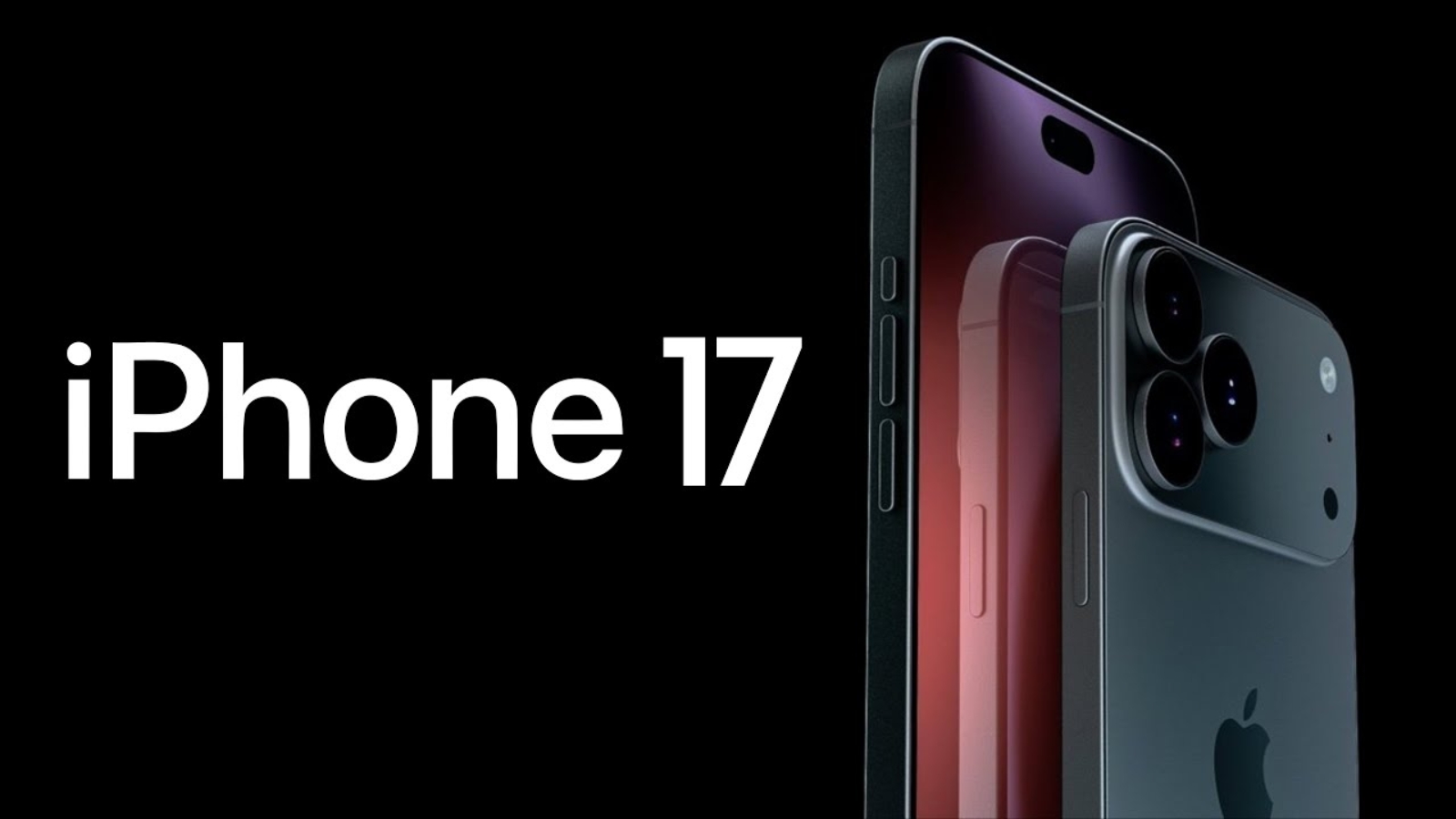Apple’s iPhone 17 series is shaping up to be one of the most exciting releases in recent years. With rumors pointing to significant design changes, performance upgrades, and an entirely new model joining the lineup, here’s what we know so far.
What’s Coming in the iPhone 17 Lineup
This year’s release will likely include four distinct models, each targeting different user needs and budgets.

iPhone 17 Confirmed Models & Specifications
| Model | Display Size | Expected Price Range |
|---|---|---|
| iPhone 17 | 6.27-inch LTPO | $799 |
| iPhone 17 Pro | 6.27-inch LTPO | $1,099 |
| iPhone 17 Pro Max | 6.86-inch LTPO | $1,199 |
| iPhone 17 Air | 6.65-inch LTPO | $899 – $1,299 |
Release Date and Pricing Expectations
When Will iPhone 17 Launch?
Apple typically announces new iPhones in early September, and 2025 shouldn’t be different. Industry experts suggest the announcement could happen between September 8-12, with devices hitting stores about two weeks later.
Pricing Concerns and Market Factors
Pricing remains uncertain due to potential tariff policies. While Apple maintained prices for the iPhone 16 series, analysts warn that the first flagship price increase in nearly a decade could be coming. Political factors and manufacturing costs may influence final pricing decisions.
iPhone 17 Air: The Game-Changing New Model
Ultra-Thin Design Philosophy
The most exciting addition is the iPhone 17 Air, replacing the Plus model. This device prioritizes extreme thinness, potentially measuring just 5.5mm thick (excluding the camera bump). Apple appears focused on creating the thinnest smartphone in the industry.
Compromises for Thinness
The Air model will likely feature:
- Single rear camera lens
- Smaller 2,800 mAh battery
- Aluminum construction instead of titanium
- Horizontal camera bar design
These trade-offs raise questions about whether consumers will accept reduced functionality for a slimmer profile.
Display and Design Improvements
120Hz Finally Comes to Standard Models
After years of waiting, the regular iPhone 17 may finally get ProMotion technology. This means 120Hz refresh rates for smoother scrolling, gaming, and general usage – a feature previously exclusive to Pro models.
Screen Size Changes
The standard iPhone 17 could grow from 6.1 inches to 6.3 inches, matching the Pro model’s display size. All models are expected to use LTPO OLED panels with always-on display capabilities.
Dynamic Island Evolution
New “metalens” technology for Face ID could make the Dynamic Island smaller across all models, providing more screen real estate for apps and content.
Performance and Hardware Upgrades
A19 Chip and Processing Power
While initially rumored for 2nm architecture, the A19 chip will likely use TSMC’s improved 3nm process. This should deliver better performance and energy efficiency compared to current A18 chips.
Memory and Cooling Improvements
Pro models are expected to feature 12GB of RAM, a significant jump from current 8GB configurations. This extra memory will support advanced AI processing and multitasking capabilities.
Vapor chamber cooling technology may debut in Pro models, addressing overheating issues that have plagued previous generations during intensive tasks.
Battery and Charging Enhancements
Apple plans to manufacture its own batteries for the first time, promising improved performance. Additionally, new Qi 2.2 wireless charging support could enable faster charging speeds across the lineup.
Camera System Overhauls
Pro Model Camera Upgrades
Both Pro models are rumored to receive 48MP telephoto lenses, upgrading from current 12MP sensors. However, this improvement might reduce optical zoom from 5x to 3.5x.
The Pro Max could feature three 48MP cameras, creating one of the most capable smartphone camera systems available.
Selfie Camera Improvements
All models may get 24MP front-facing cameras, doubling the current 12MP resolution. This upgrade would significantly improve video calls, selfies, and content creation quality.
New Camera Features
Dual video recording could allow simultaneous front and rear camera capture, perfect for content creators and video calls. Variable aperture lenses might also debut, offering better low-light performance and depth control.
Software and AI Integration
iOS 26 and Liquid Glass Design
The iPhone 17 series will launch with iOS 26, featuring Apple’s new “Liquid Glass” visual design. This represents the most significant interface update in years.
AI improvements include enhanced call screening, live translation capabilities, and upgraded Visual Intelligence for searching screen content.
Market Competition and Positioning
Competing Against Android Flagships
Samsung’s Galaxy S25 Edge, measuring 5.8mm thin, will directly compete with the iPhone 17 Air. This rivalry could drive innovation in ultra-thin smartphone design.
The competition extends beyond thickness to cameras, performance, and AI capabilities, pushing both companies toward better user experiences.
Frequently Asked Questions
Q: When will iPhone 17 be available for purchase?
A: Expect an announcement in early September 2025, with sales starting about two weeks later.
Q: Will iPhone 17 prices increase significantly?
A: Pricing remains uncertain due to potential tariffs, but analysts warn of possible increases for the first time in eight years.
Q: Is the iPhone 17 Air worth waiting for?
A: The Air offers unprecedented thinness but sacrifices camera versatility and battery life – consider your priorities carefully.
Apple’s Foldable iPhone Could Be the Samsung Galaxy Z Killer
